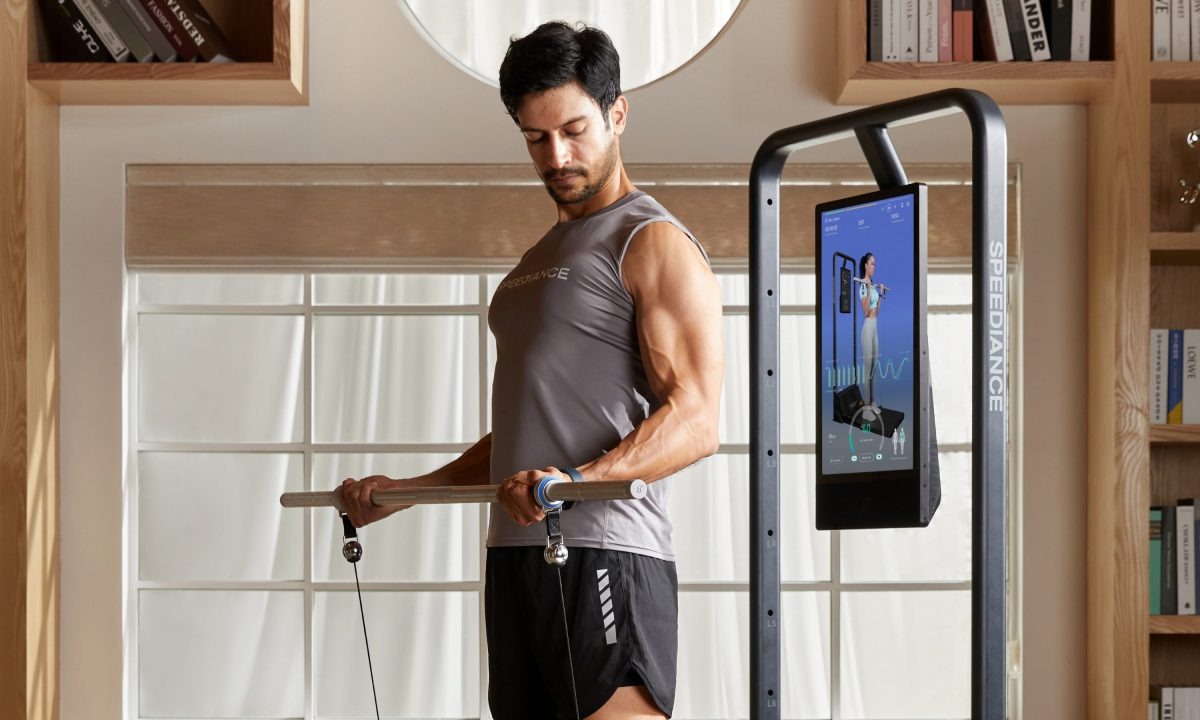Creating a high-performance fitness environment begins with choosing the right flooring. Whether you’re designing a commercial gym, personal training studio, or home workout area, the surface underfoot plays a critical role in safety, comfort, and overall functionality. Among the many options available today, vinyl gym flooring has emerged as one of the most practical and cost-effective choices for modern fitness spaces.
What is Vinyl Gym Flooring?
Vinyl gym flooring is a multi-layer synthetic flooring material made primarily from polyvinyl chloride (PVC). It is engineered to withstand the unique demands of fitness areas, including heavy foot traffic, impact from weights, and exposure to moisture and sweat. Available in various forms—such as planks, tiles, and sheets—vinyl gym flooring offers flexibility in both design and installation.
Benefits of Vinyl Gym Flooring
1. Exceptional Durability
Vinyl gym flooring is built to last. Its layered construction, often featuring a wear-resistant topcoat, helps it withstand the rigors of daily workouts. Whether used in cardio zones, free weight areas, or group fitness studios, vinyl can resist scuffs, scratches, and dents that often occur in high-use environments.
2. Water and Moisture Resistance
Gyms are prone to spills, sweat, and frequent cleaning. Vinyl’s waterproof nature makes it an excellent choice in such settings. Unlike wood or carpet, vinyl does not absorb moisture, which helps prevent mold growth and contributes to a cleaner, more hygienic workout area.
3. Low Maintenance
Maintaining vinyl flooring is simple and cost-effective. Regular sweeping and occasional mopping are typically sufficient to keep the surface clean. There is no need for waxing, polishing, or special cleaning treatments—making it an ideal option for busy commercial gyms or low-maintenance home setups.
4. Comfort and Shock Absorption
While not as cushioned as rubber, many modern vinyl floors feature built-in underlayers that provide extra cushioning. This shock absorption reduces strain on joints during high-impact workouts and can minimize the risk of injury for users. It’s a great choice for spaces used for aerobics, yoga, or light weight training.
5. Aesthetic Versatility
Vinyl gym flooring is available in a wide range of colors, textures, and finishes. From sleek, industrial looks to wood-style patterns, it can be tailored to match your gym’s design and branding. Whether you prefer a minimalist appearance or a vibrant, energetic style, vinyl provides options to suit any space.
6. Cost-Effective Installation
Compared to hardwood or rubber flooring, vinyl is generally more affordable both in terms of material and installation. It can be installed over most subfloors with minimal preparation, and many products offer DIY-friendly click-lock systems or peel-and-stick tiles.
Applications of Vinyl Gym Flooring
Vinyl flooring is suitable for a variety of fitness environments, including:
- Home gyms
- Group fitness studios
- Yoga and pilates rooms
- Cardio and aerobic zones
- Rehabilitation and physiotherapy clinics
Its adaptability makes it an excellent choice for mixed-use training areas.
Installation and Maintenance Tips
- Always ensure the subfloor is clean, dry, and level before installation.
- For heavy-use areas, opt for commercial-grade vinyl with a thicker wear layer.
- Use protective pads under gym equipment to prevent localized wear.
- Clean spills promptly to avoid slipping hazards, even though the surface is waterproof.
Conclusion
In today’s fitness industry, choosing a flooring solution that offers durability, hygiene, comfort, and aesthetic appeal is essential. Vinyl gym flooring checks all these boxes, making it a smart investment for anyone designing a modern workout space. Its affordability and low maintenance further enhance its appeal, ensuring long-term value with minimal upkeep.
Whether you’re outfitting a home workout room or a full-scale fitness center, vinyl gym flooring offers a professional-grade solution that performs as good as it looks.
